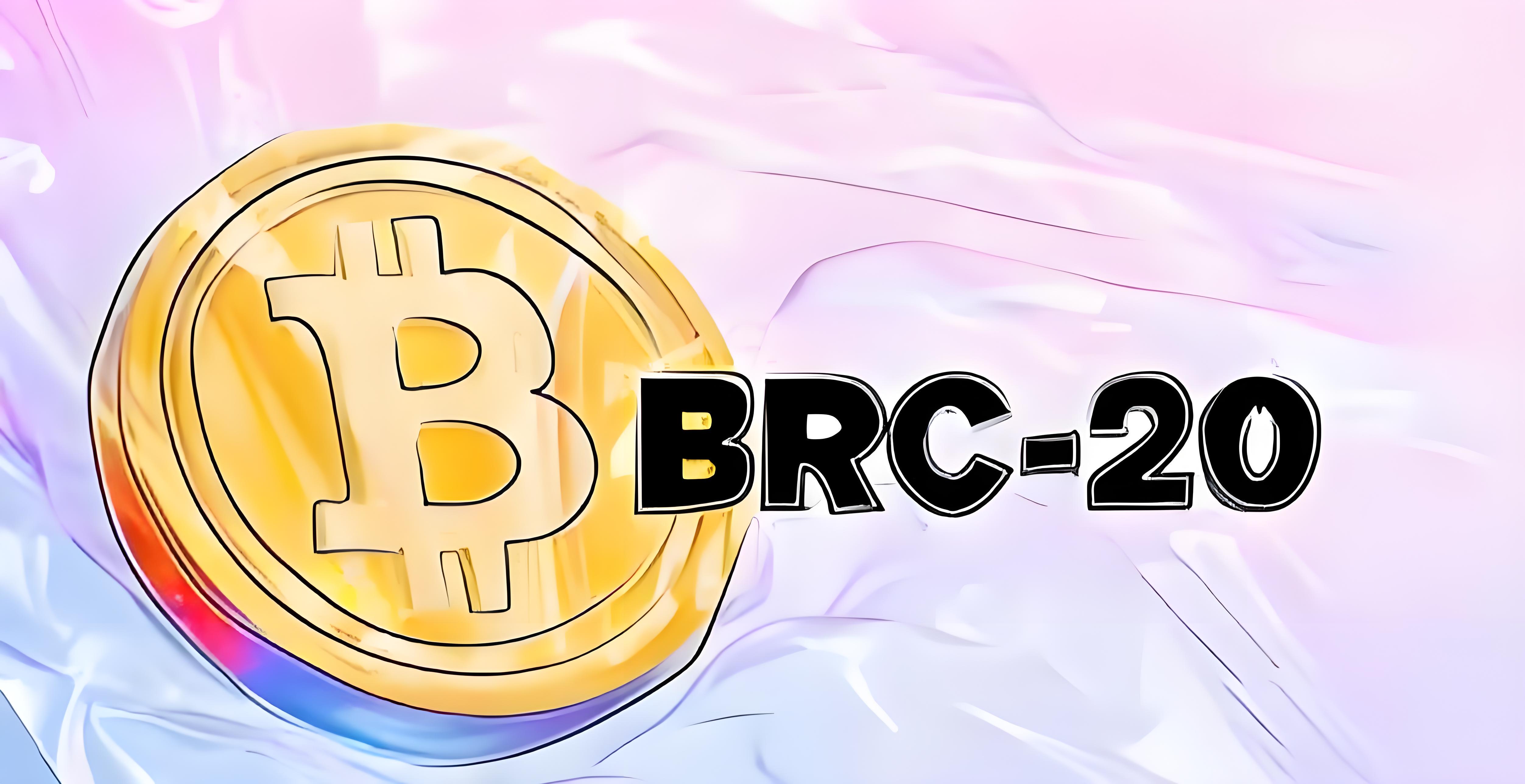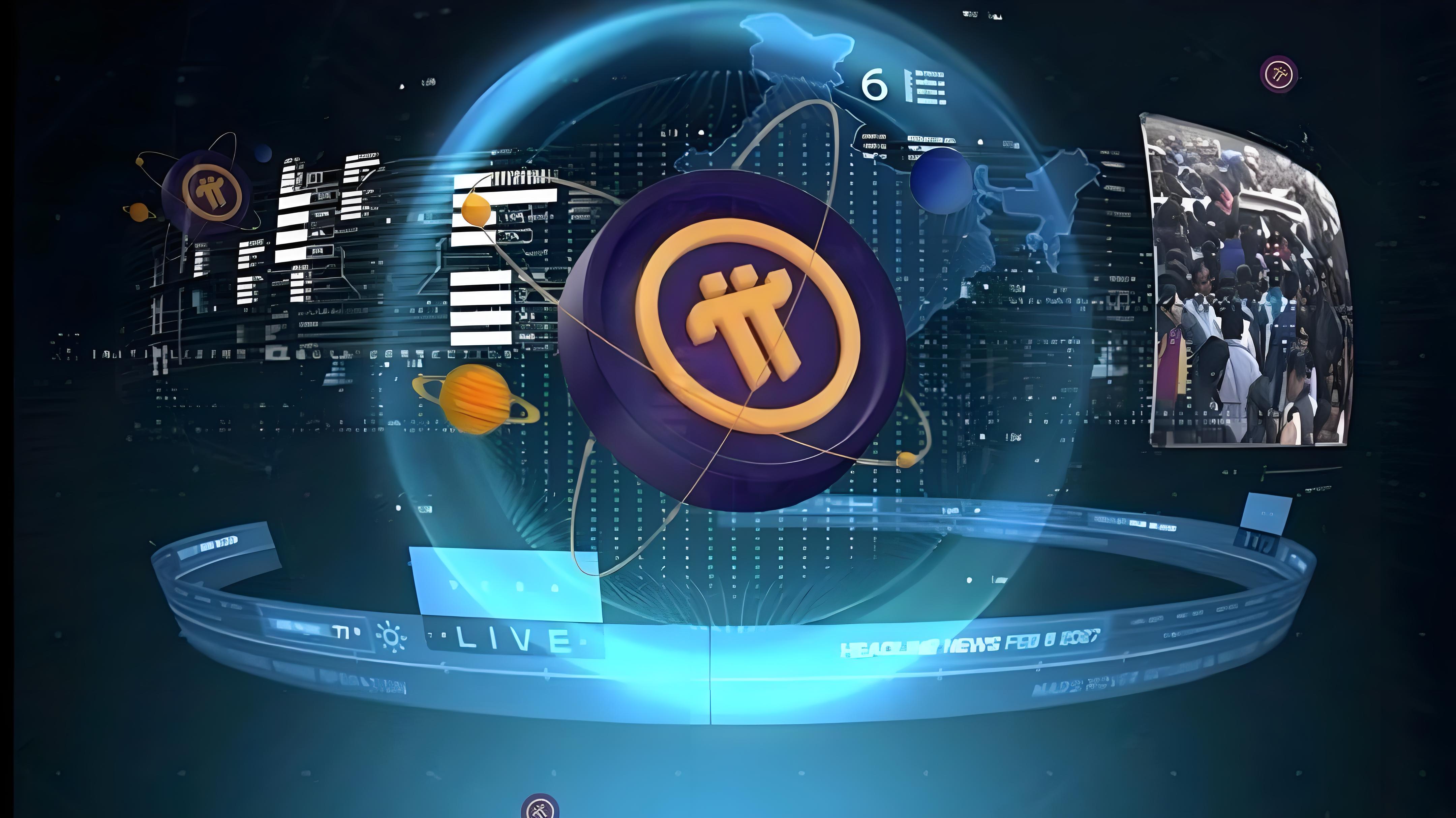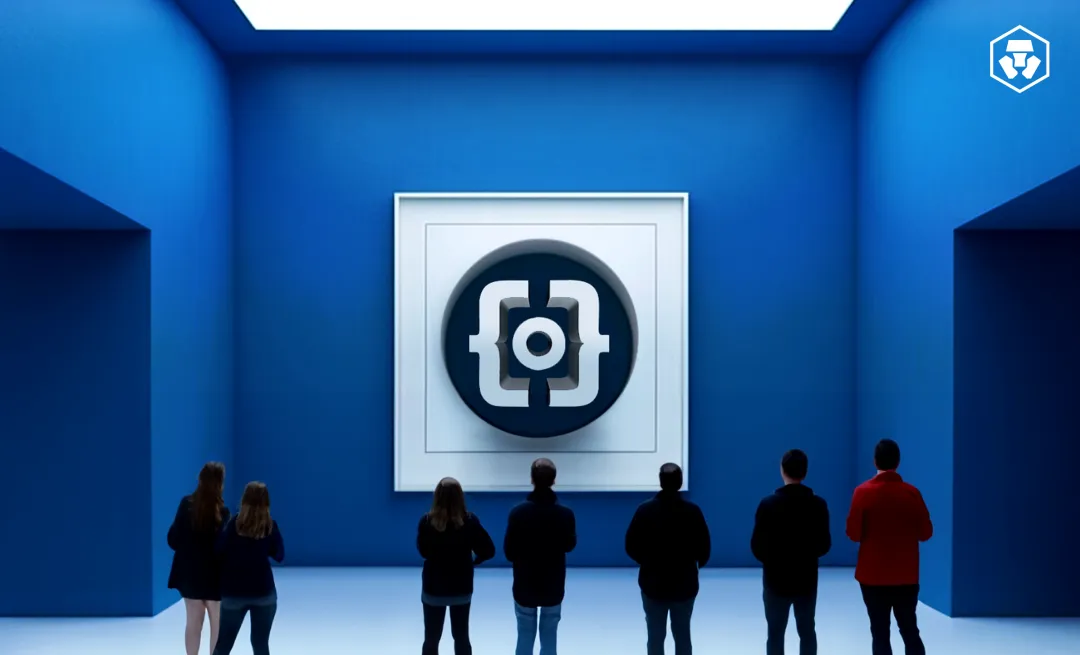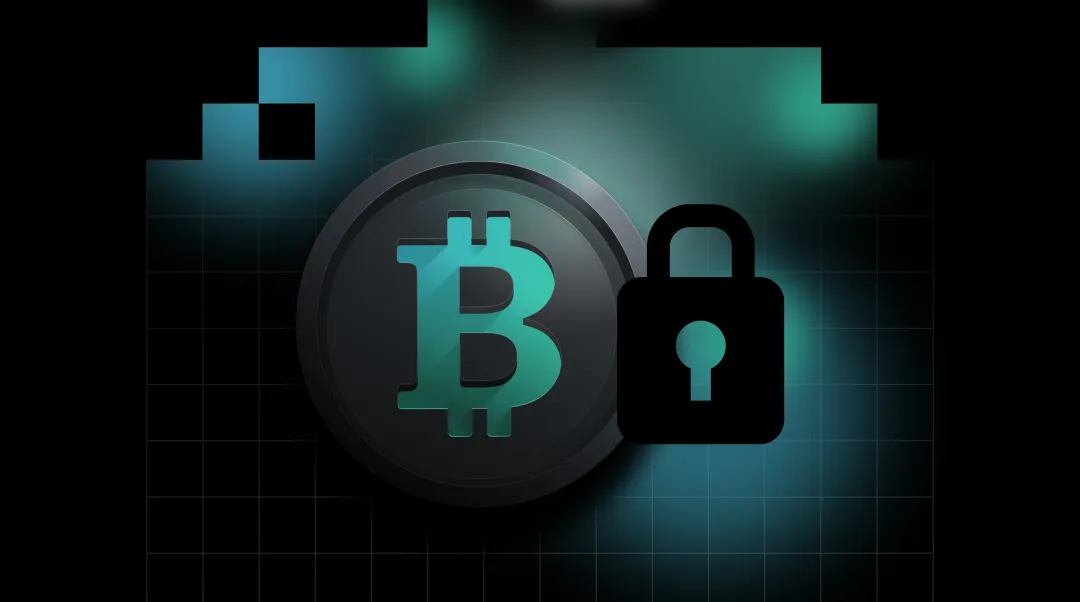
Hash (SHA1) of this article:e99fc905675cc9a58416146bdfbf5ce92ac2f23f
No.: PandaLY Security Knowledge No.052
Bitcoin Ordinals have recently become a "phenomenal hotspot" in the cryptocurrency world. From last year to now, the trend of Ordinals has given new vitality to Bitcoin, a traditional financial haven. In the field of Ordinals, emerging forces such as Pi and FIFA have allowed both old players and new players to smell new opportunities and risks.
So, what exactly is an inscription? What is its core value? Why has π sparked a discussion across the entire network? Furthermore, have the security risks in the inscription ecosystem been ignored by most players? Today, we will talk about these topics and give you a clear understanding at one time.
What is an inscription? Explain its logic in plain language
First of all, inscriptions are not NFTs, but they are not completely different from NFTs.
The birth of inscriptions is thanks to the Ordinals protocol and the Bitcoin Taproot upgrade. Simply put, Taproot allows the Bitcoin blockchain to store more information, such as pictures, text, and even contract code. The Ordinals protocol uses Satoshi (the smallest unit of Bitcoin) to label this data, making each Satoshi a unique information carrier.

This means:
1) You can store inscriptions directly on the Bitcoin mainnet, rather than using a second-layer network (like Stacks).
2) Every satoshi you inscribe exists directly on the Bitcoin network, and in theory has the same security as the Bitcoin mainnet.
Looking at the gameplay of inscriptions, early Ordinals were used for purposes similar to NFTs, but soon, the BRC-20 protocol gave inscriptions more possibilities. BRC-20 is basically equivalent to ETH's ERC-20 and can issue tokens. The project owner only needs to deploy an inscription code, and subsequent players can perform operations such as mint and transfer.
Sounds awesome, right? Indeed, Bitcoin Inscription is a major expansion of the mainnet ecosystem, unlike the previous Layer2 which was just scratching the surface.
“π” in the inscription, a new carnival on the chain?
Lately, you may have heard the saying: “Pi is rising!”.
Why is the popularity of π, a rising star, even surpassing the three leading inscriptions Ordi, Sats, and Rats?
π surpasses the leader ordi. I don’t understand, but I am shocked.
The answer is simple - local promotion and the purchasing power of the PI community.

The popularity of the Pi (Pi) inscription project is simply because it captures human nature and off-site power. The real purchasing power of millions of Pi community users has directly set off a wave of enthusiasm for Pi on the chain. They regard inscriptions as the "new base on the BTC chain", hoarding satoshis, buying inscriptions, hoarding coins and speculating on them.
This wave of potential energy even led to the overall recovery of Bitcoin inscriptions. The new high price of the currency and the ground promotion of the Pi community have ignited the sentiment of the inscription market.
And the runes and rune stones behind the inscription agreement are even more of a mess?
The popularity of the Runes protocol has been pushed to the forefront under the expectation of Bitcoin halving. On the surface, Runes gives Bitcoin more DeFi attributes, and seems to be trying to reshape the entire ecosystem. But in fact, the high casting cost and purchase fee make Runes more like a "scientists cutting each other's" enclosure movement.
The bigger problem is the bubble in the rune market. Rune gameplay began to introduce complex mechanisms such as "picture-to-coin swap" and "multi-layer pledge", and the risk of asset bubble increased accordingly. Compared with the gradual spread of inscriptions from a small circle to a large range of gameplay, runes were paid attention to by the public too early, and because of the cooling of inscriptions, they lost their potential to become a new outlet.
Future Outlook: How can inscriptions and runes truly prosper?

The future of inscriptions does not depend on π, but on the overall upgrade of the ecosystem. Inscriptions and runes need to have a real "leading effect". For example, in the current BTC bull market, ORDI needs to explode to drive the overall track capital overflow and form a sector rotation effect.
But from a security perspective, this bull market for inscriptions and runes still requires more user education and dissemination:
The logic and narrative behind the inscriptions or runes, and how to educate users through narratives again and again on the inscription or rune track, are the most important.
The difficulty of participation is more difficult than the meme on Sol. It is also very important to simplify the process and lower the threshold.
Strengthen user vigilance: As an on-chain asset, the immutability of inscriptions is an advantage, but the lack of permission protection is a disaster. Any behavior of trusting third-party platforms may result in a loss of all money.
Is it an important catalyst for this round of BTC bull market? Real players need to stay calm in the frenzy and make plans in the trough.
Compared with the current mainstream meme asset issuance method, it has the most original security in terms of security, which is unmatched by any chain.
BTC inscription security VS meme projects of other public chains
Compared with the meme projects on the Sol chain, BTC inscriptions and runes have the following natural security advantages:
No "Pixiu Contract": Unable to top up or withdraw money.
The code is open source: all code is transparent.
No proxy contract: There is no possibility of background logic change.
No blacklist mechanism: your assets will not be frozen arbitrarily.
No additional issuance: The total issuance amount of Inscription Tokens is clear and cannot be changed.
No external hook contract: There will be no external contract executing code at any time to affect your assets.
There is no duplication mechanism: Inscription assets are completely dependent on UTXO, naturally decentralized, and will not have the same name as other projects.

But the advantages of inscriptions do not mean that they are impeccable. The BTC mechanism does not support smart contracts, which means that it cannot make more scalable, cheap, or responsive. This will greatly reduce the timeliness and playability of the spread of memes on SOL.
A major hidden danger in the early days was that "too little gas led to the block being produced first" , which resulted in a total loss of money.
1. What does “too little gas and being preempted” mean?
In Bitcoin inscription transactions, miners are rewarded by verifying and packaging transactions, and one of the main factors that determine transaction priority is the Gas fee (handling fee) .
If the gas fee set by the user is lower than the current average level of the network or the gas fee of competitors, miners will prioritize those transactions with higher fees.
In inscription casting, others can monitor the pending transaction pool (Mempool) on the network, find the target transaction, and initiate a "front-running transaction" with a higher gas fee, so that it can be packaged by miners before the original transaction.
turn out:
1) The original transaction is delayed or even discarded because the gas fee is too low.
2) The original user may pay the gas fee but fail to obtain the inscription, resulting in economic losses.
2. Why is BTC inscription vulnerable to the Gas problem?
Inscriptions rely on the UTXO model of the Bitcoin mainnet: the BTC mainnet manages assets through UTXO (unspent transaction output), and inscription casting is completed by attaching data to UTXO. This mechanism means that all inscription casting processes must be confirmed by miners.
*Mempool is open and transparent : The Mempool data of the Bitcoin network is public, and attackers can easily monitor pending transactions, identify inscription-minting transactions, and initiate front-running transactions.
*High demand for inscription casting: Especially when popular inscriptions or new projects are released, trading competition is fierce, and users with lower gas fees are very likely to encounter front-running.
3. Preventive measures
Increase gas fees
When initiating inscription casting or transactions, set a higher Gas fee than the current network average to increase the probability that the transaction will be prioritized by miners.
Tool recommendation: You can use on-chain gas fee estimation tools (such as Mempool.space) to view the current network status and recommended transaction fees.
Batch casting reduces single exposure risk
For large-volume casting needs, they can be completed in multiple transactions to reduce the risk of a single transaction being preempted.
Advantages: The value of each transaction is reduced, so even if there is a frontrunner, the overall loss is limited.
Conclusion
"Too little gas and being preempted in the block" is a common hidden danger in Bitcoin inscription transactions, especially in popular inscription projects.
By increasing gas fees, directly connecting to miner services, randomizing transactions, and monitoring Mempool, the risks of front-running transactions can be effectively reduced.
Most importantly, users need to reasonably assess risks during the inscription casting process and dynamically adjust strategies based on current network conditions to ensure asset security.
The fact that Inscription has entered the public eye this time is inseparable from the popularity of Pi (π) and the powerful strength of the community behind it. We hope that Inscription can take this opportunity to truly enter the public eye and become an important catalyst for the BTC ecosystem!














